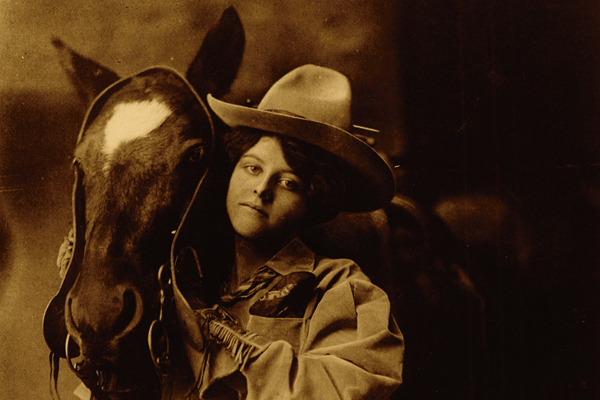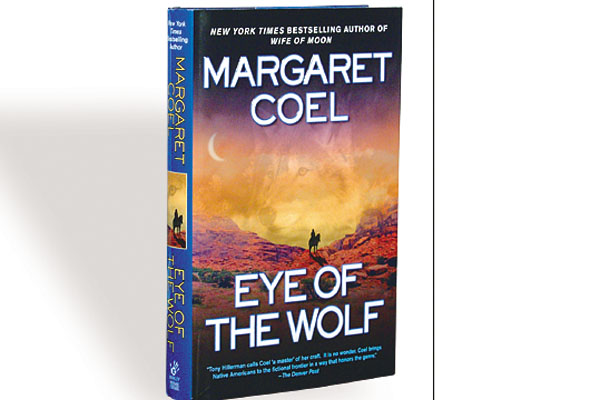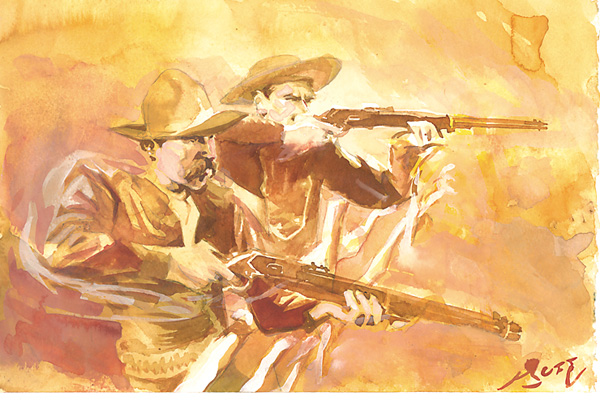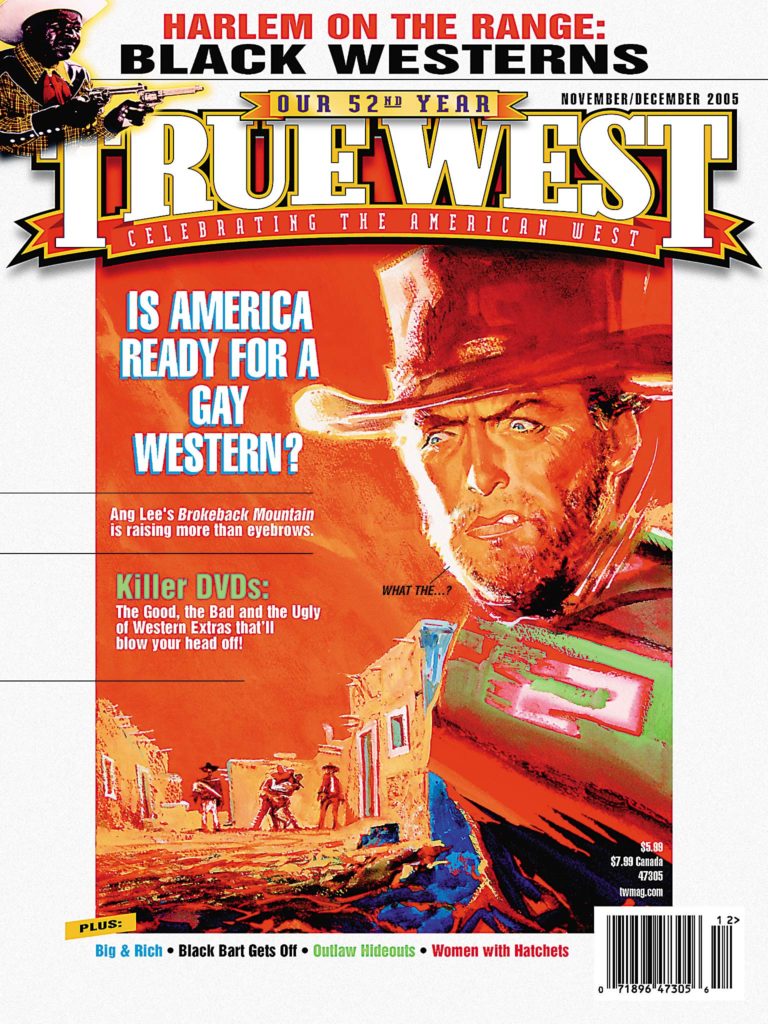 The sleek-looking Colt Bisley revolver traces its beginnings to the closing decades of the 19th century, when the sport of target shooting was reaching a peak in popularity and many firearms companies were introducing target versions of their guns.
The sleek-looking Colt Bisley revolver traces its beginnings to the closing decades of the 19th century, when the sport of target shooting was reaching a peak in popularity and many firearms companies were introducing target versions of their guns.
In 1888, in response to the demands of handgun marksmen of the day, Colt Firearms introduced its “Special Target” revolver. This new single-action, now known as the “Flattop,” was merely a variation of the standard 1873 Peacemaker that had been improved for target shooting. Targeting enthusiasts, however, still cried out for more improvements. Working closely with some of these serious target shooters, Colt redesigned the flattop target revolver (specifically, adding a larger grip and a curved hammer and trigger). In 1894, Colt introduced this “Special Target” revolver.
The very first of these handguns with target sights and flat-topped frames were shipped to Colt’s London agency. This
latest model’s spectacular performances in England’s famous target matches, held at Bisley Common, led to Colt renaming the revolver the Bisley model. The gun was quickly accepted by many of the best-known target shooters of the period. While some marksmen still clung to their 1888 flattop single-actions, the Bisley quickly eclipsed the older target revolver, ultimately leading to the discontinuance of the 1888 Flattop.
Ironically, however, the Bisley model was produced in both standard frame and flattop versions in a variety of chamberings, including the most popular calibers of the day—.32-20, .38-40, .41 Colt, .44-40 and .45 Colt. Due to the gun’s popularity with target shooters, small numbers of Bisleys were chambered for rounds like the .32 Colt, .32 S&W, .38-44, .38 S&W Special, .44 S&W Russian, .450 Eley and .455 Eley, to name a few, but are quite rare today. One .44 and two .45 smoothbore models were also made on special order—probably for Wild West show usage. Like the 1873 Peacemaker, the Bisley was turned out in barrel lengths of 43⁄4, 51⁄2 and 71⁄2 inches. Specimens with 3, 31⁄2 and 4-inch tubes—sans ejectors—were also produced, along with a few in other custom lengths.
For the next two decades, this slick-looking six-shooter was used by cowboys, sportsmen, adventurers and target shooters alike. The Bisley’s rakish, low profile styling, balance and superb handling characteristics made it a popular arm—especially in the American southwest and in northern Mexico. California stage robber—later turned Canadian train robber—Bill Miner packed a 51⁄2-inch Bisley in .41 Colt caliber, and Mexican Revolutionary Gen. Pancho Villa is said to have owned several throughout his colorful career.
Although discontinued in 1912, according to Colt’s advertising, assembly of Bisley models continued until mid-1915 and factory records reveal that guns were shipped as late as November 1919. The term “hogleg,” which is so often used when referring to the standard Colt Peacemaker, reportedly stems from the old-timer’s nickname for the Bisley’s grip. It’s this distinguishing feature, coupled with the six-gun’s low hammer, which adds so much appeal to the profile of the handsome and classic Colt revolver.





